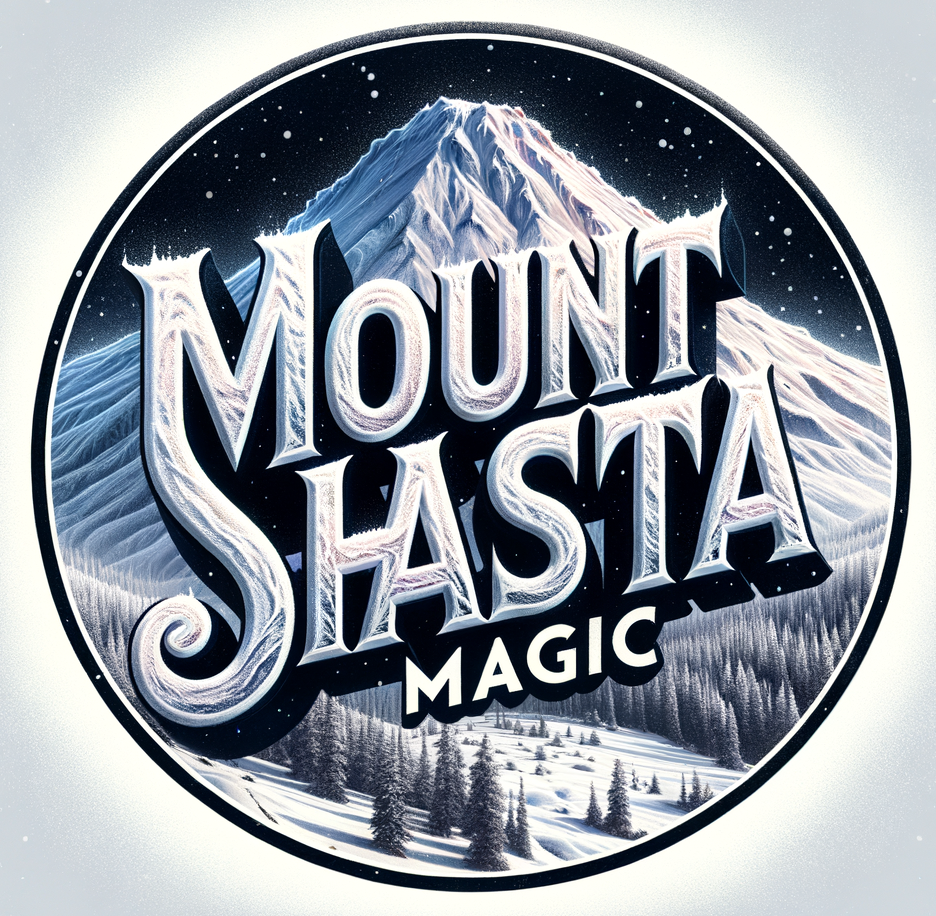Are you curious about how Mount Shasta City has been growing lately? Population growth rates can be an intriguing way to understand the dynamics of a particular area, shedding light on its economic development, cultural attraction, and overall livability. When talking about Mount Shasta City, a charming spot in Northern California, there's much to uncover about its population changes over time. This article aims to provide a comprehensive understanding of the population growth rate in Mount Shasta City, utilizing a friendly and open approach.
Understanding Population Growth
Before diving into specifics about Mount Shasta City, let's explore what population growth entails. Population growth refers to the change in the number of people living in a particular area over a specific period. This change can be influenced by various factors, including birth rates, death rates, and migration patterns. Understanding these elements can give you insight into why an area might be growing or declining.
Factors Influencing Population Growth
Multiple factors contribute to changes in population size. Let's discuss a few significant ones:
- Birth Rate: The frequency of births can naturally increase a population.
- Death Rate: Conversely, the frequency of deaths can cause a population to decline.
- Migration: This involves people moving in and out of an area, directly impacting its population size.
Each of these factors plays a crucial role in determining the overall growth rate of a city like Mount Shasta.
Mount Shasta City: A Brief Overview
Mount Shasta City is nestled at the base of the majestic Mount Shasta in Siskiyou County, California. Known for its picturesque landscapes and outdoor recreational opportunities, it's a city that attracts nature enthusiasts and those seeking a peaceful lifestyle. With its unique setting and small-town charm, the population dynamics here can tell an interesting story.
The Appeal of Mount Shasta City
Why would someone choose to live in Mount Shasta City, you might wonder? It could be the captivating views, the community vibe, or even the allure of a quieter life away from bustling metropolitan areas. Each of these aspects can play a part in attracting new residents, which in turn influences population growth.

Historical Population Trends in Mount Shasta City
To truly comprehend the current population growth rate, it's beneficial to look at historical trends. Examining these patterns provides context for understanding how the city has changed over the years and what might be expected in the future.
Early 20th Century to Post-War Era
During the early 1900s, Mount Shasta City was primarily driven by the lumber industry. As this industry expanded, so did the population, drawing workers and their families to the area. Post-World War II, the city experienced further population changes as veterans returned and settled, spurring a suburban expansion in many parts of the United States, albeit more subtly in Mount Shasta.
Late 20th Century to Present
Transitioning into the late 20th century, the population growth in Mount Shasta City began to stabilize. The decline of the local logging industry led to economic shifts and subsequently influenced migration patterns. In recent decades, those seeking retirement or remote working options have found Mount Shasta appealing, affecting contemporary population trends.
Current Population Growth Rate
As of the most recent data, understanding the current population growth rate in Mount Shasta City involves looking at the latest census figures and local records. The annual growth rate is a critical indicator of how the city is expanding and adapting to changes.
Analyzing Recent Data
Based on available statistics, Mount Shasta City has a modest growth rate. For instance, according to recent census estimates, there's been a slight increase in the population over the past few years. However, this growth isn't just about numbers; it reflects enhancements in local amenities and infrastructure which attract new residents.
Table: Population Change Over Recent Years
| Year | Population | Growth Rate (%) |
|---|---|---|
| 2015 | 3,250 | 0.8 |
| 2016 | 3,270 | 0.6 |
| 2017 | 3,290 | 0.6 |
| 2018 | 3,310 | 0.6 |
| 2019 | 3,330 | 0.6 |
| 2020 | 3,350 | 0.6 |
| 2021 | 3,360 | 0.3 |
| 2022 | 3,370 | 0.3 |
| 2023 | 3,380 | 0.3 |
The data reflects a steady, albeit slow, increase in population. This kind of stability can be a sign of a mature community that is growing naturally without major booms or busts.

Economic and Social Impacts of Population Growth
Population growth doesn't occur in a vacuum. It often goes hand-in-hand with economic development and social change. Understanding these impacts can give you a fuller picture of what life in Mount Shasta City entails.
Economic Developments
With population growth comes economic diversification. In Mount Shasta City, new businesses and services have opened to meet the needs of a slightly larger population. This might include additional retail stores, dining options, or health care facilities. Increased population can encourage local entrepreneurship and attract outside investment, providing more job opportunities and economic resilience.
Social Changes
Socially, a growing population can lead to a more vibrant community. Diversity may increase as new residents bring different cultural backgrounds and experiences. This can enrich community life, offering more varied cultural events, social clubs, and activities. Moreover, a larger population can enhance local schools and public services, fostering a shared sense of progress among residents.
Future Projections for Mount Shasta City
While current trends offer insight into Mount Shasta's growth, future projections help envision how the city might evolve. Predicting population trends involves analyzing existing data, economic indicators, and potential shifts in societal preferences.
Anticipated Trends
Looking ahead, experts predict that Mount Shasta City will continue to see slight, stable population growth. Factors such as remote work flexibility, the desire for more spacious living environments, and ongoing improvements in local amenities can encourage this trend.

Challenges and Opportunities
Every growing city faces challenges, but with them come opportunities. Identifying these can help you understand the prospects and hurdles Mount Shasta City might encounter.
Infrastructure and Resources
As the population inches upward, the city might experience pressure on its infrastructure, such as roads and public services. Managing these effectively is vital to maintaining the quality of life residents expect. Upgrades and expansions in utilities, transportation, and housing will be essential to accommodating future growth sustainably.
Environmental Considerations
Mount Shasta's natural beauty is one of its biggest attractions. Thus, balancing development with environmental preservation is crucial. Initiatives to protect local ecosystems and maintain the area's natural appeal will be necessary as the population grows.
Conclusion
Mount Shasta City's population growth rate is a fascinating glimpse into the area's ongoing evolution. With stable growth rates and a holistic approach to economic and social development, the city offers an appealing blend of small-town charm and gradual progress. These trends and their impact can provide valuable insights into what life in this unique city might be like today and in the years to come. Whether you're planning a move or simply satisfying your curiosity, understanding these dynamics is a step toward truly appreciating this remarkable place.
